We may not be so far away from a Jurassic Park-style come back for extinct pre-historic creatures.
Fortunately, it isn’t man-eating monsters that scientists are working on at the moment.
52,000 years old

The woolly mammoth which emerged from the frozen tundra in Siberia is 52,000 years old.
For such an ancient artefact, it was remarkably well preserved. There were even patches of fur and skin still attached. This mammoth is one of many animals to have emerged from the ice due to global warming.
Genome Intact

Even more exciting was the fact that the mammoth’s complete DNA was still intact.
Normally, it would break down very fast and become difficult for scientists to piece together on discovery.
A Long Project
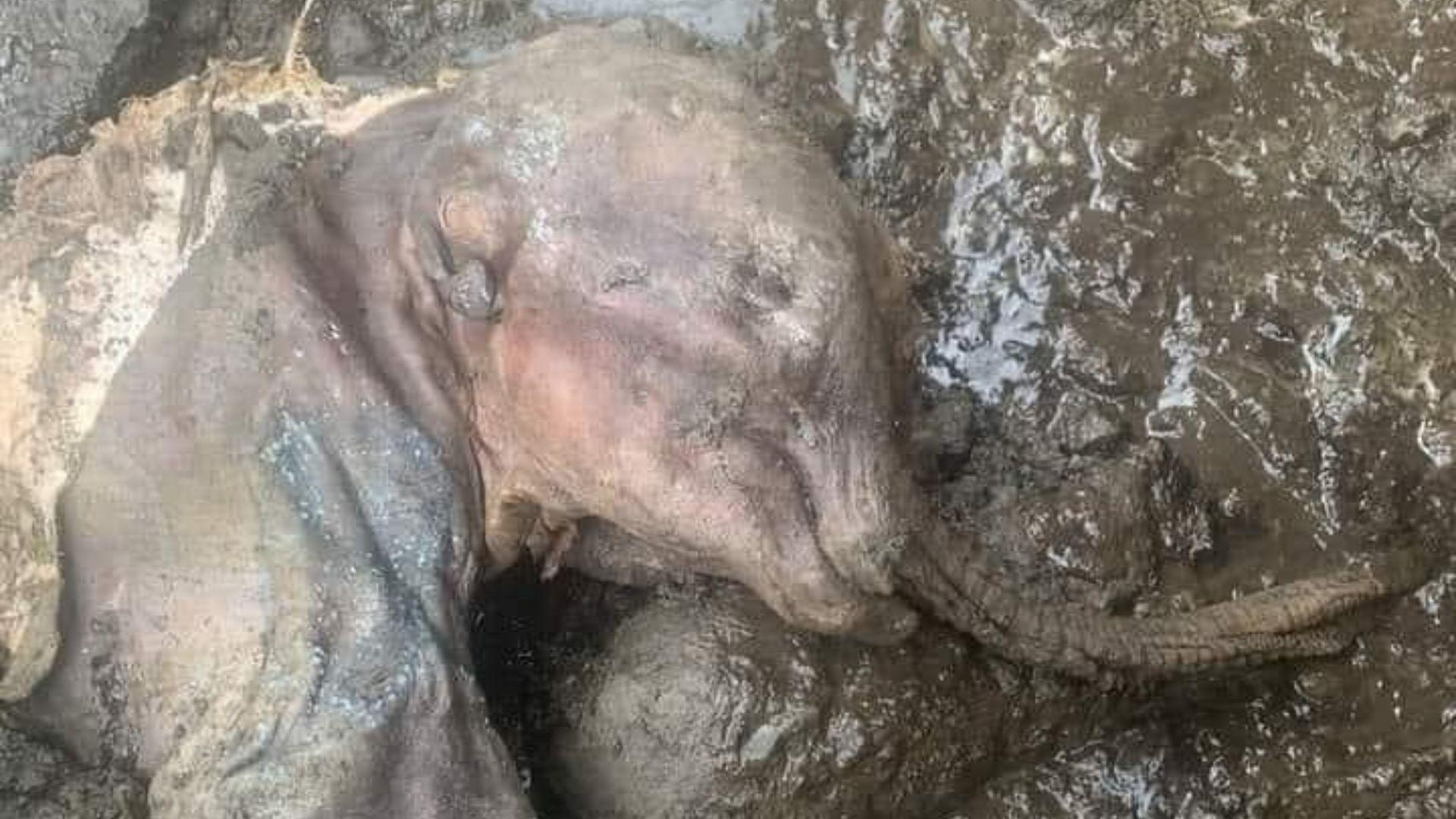
Scientists have been working on trying to resurrect the mammoth for many years.
It is thought that these ancient animals may help to preserve the permafrost in the fast melting Arctic.
Mammoth Foetus
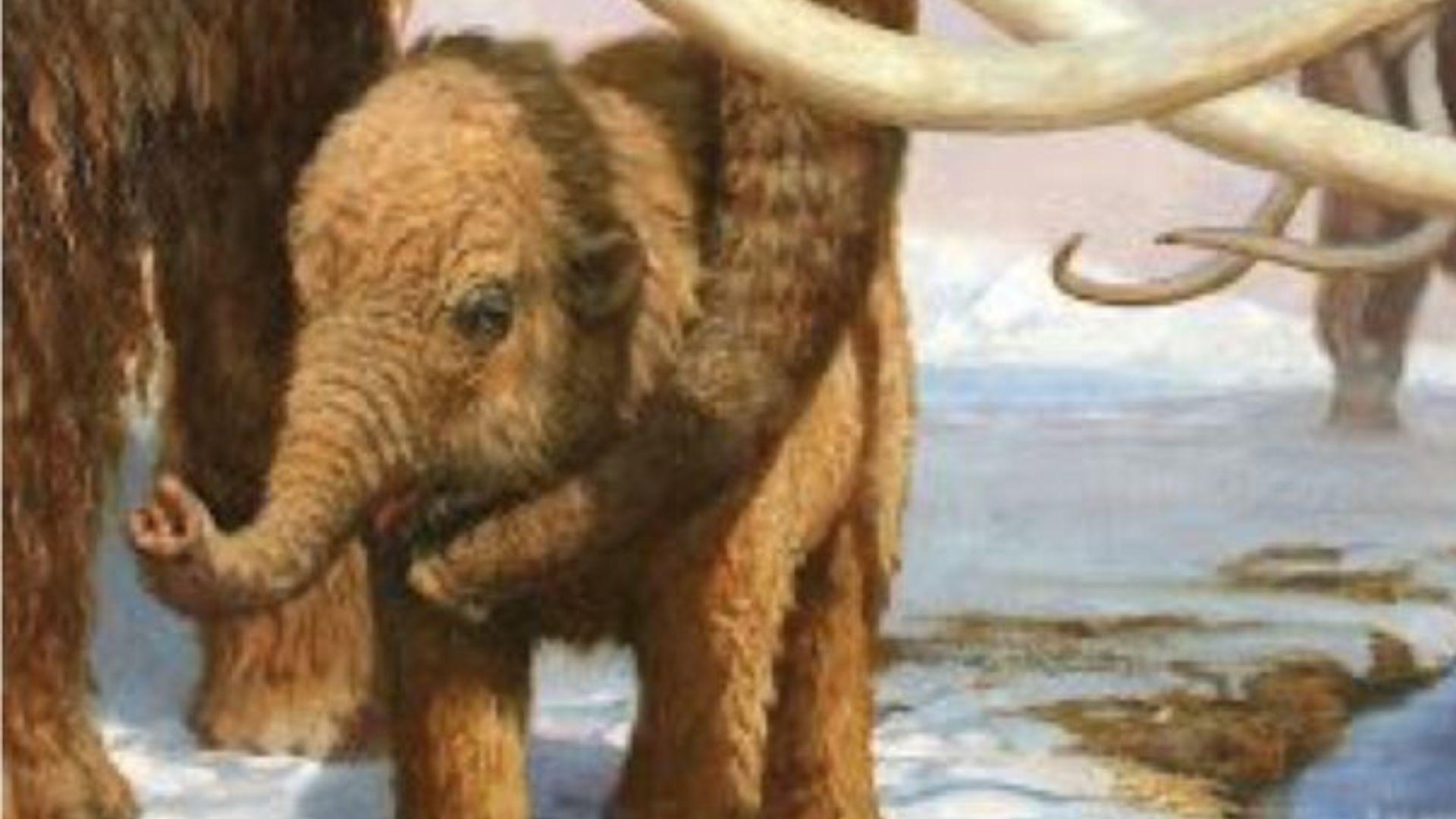
In a separate project, scientists have been working towards genetically engineering a tougher, hairy version of the Asian elephant.
That project is many years away from completion since there are significant obstacles such as how to construct an artificial womb for the foetal mammoth to grow in. There are also ethical concerns about the use of Asian elephants, which are an endangered species, for such experiments.
Mapped the Entire Genome
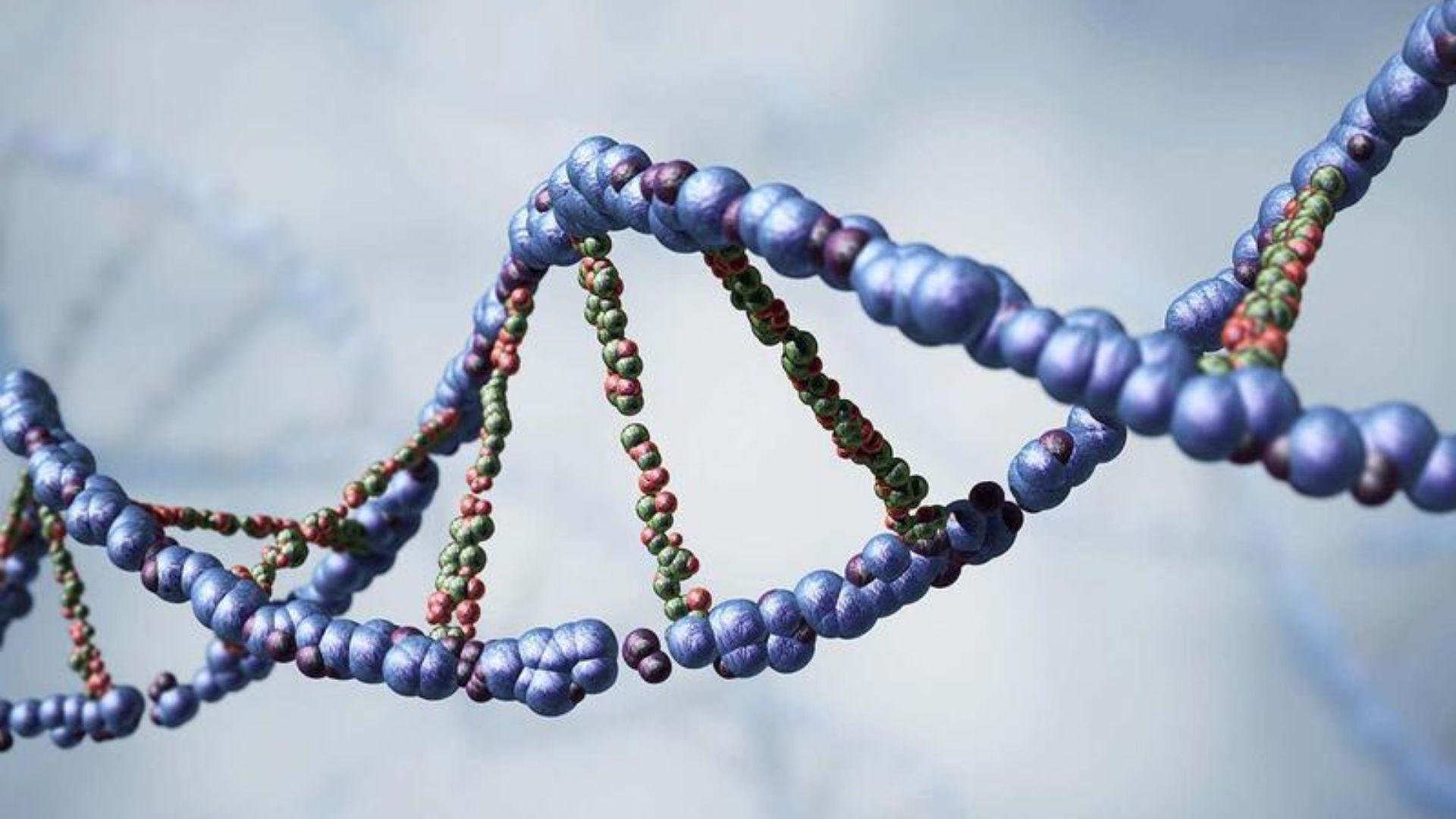
Now, with the discovery of the 52,000 year old mammoth in Siberia, scientists have a complete set of pristine mammoth DNA.
Using the fossil, scientists have been able to construct a 3D model of the DNA. This is unique and will allow for much more in-depth study than has previously been possible.
Links to Chromosome

One of the things that makes this find unique is how well linked the DNA is to the mammoth’s chromosome.
This means that scientists can tell which genes were switched on or off during the mammoth’s lifetime. It provides an opportunity for studying natural selection and breeding relationships.
What Led to the Preservation
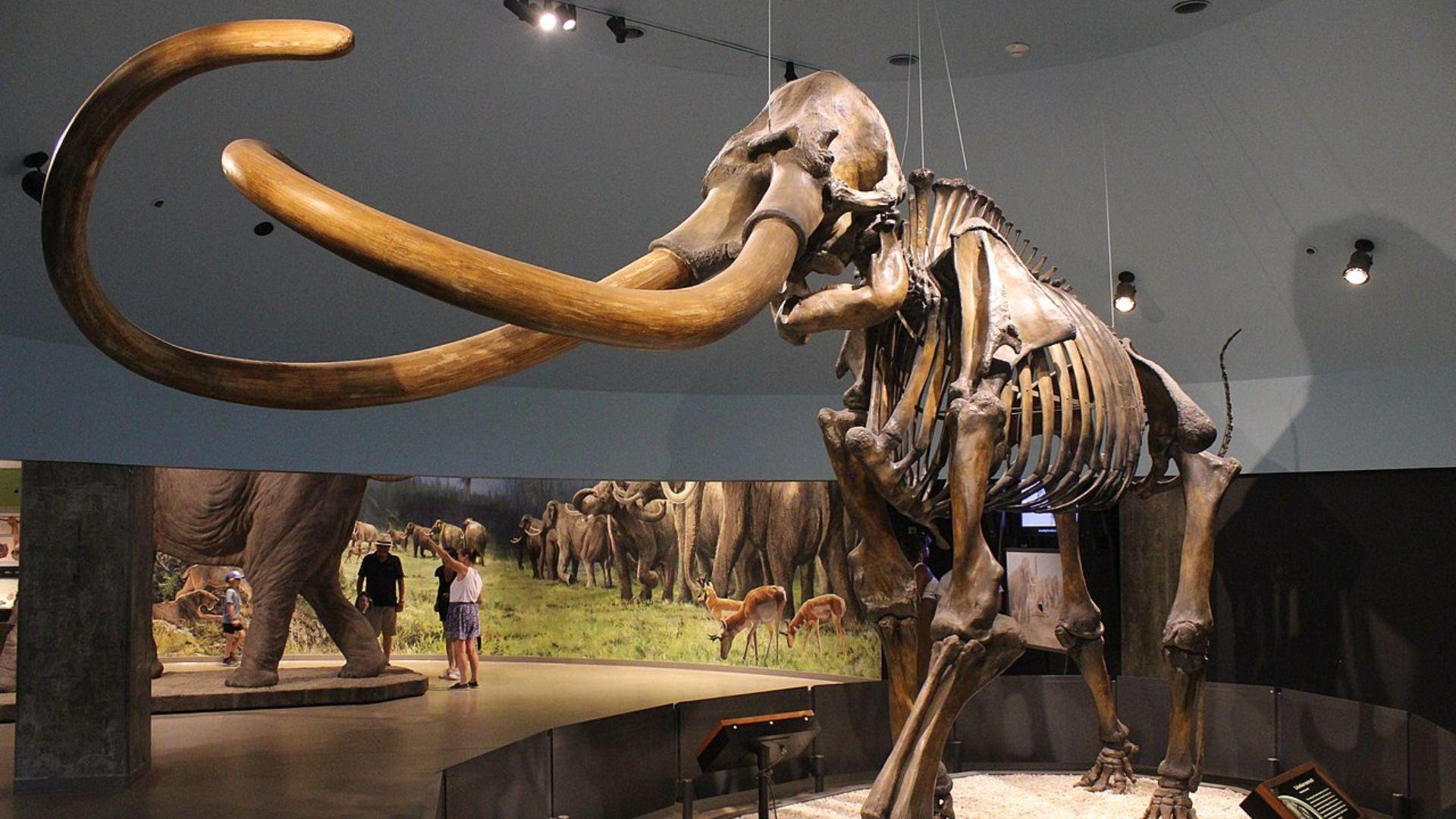
Scientists think that the reason this mammoth was preserved so well is because of rapid freezing.
If an animal freezes fast enough, it also becomes dehydrated and this prevents fungi and bacteria from moving in to feed on the carcass and break it down.
Same Number of Chromosomes
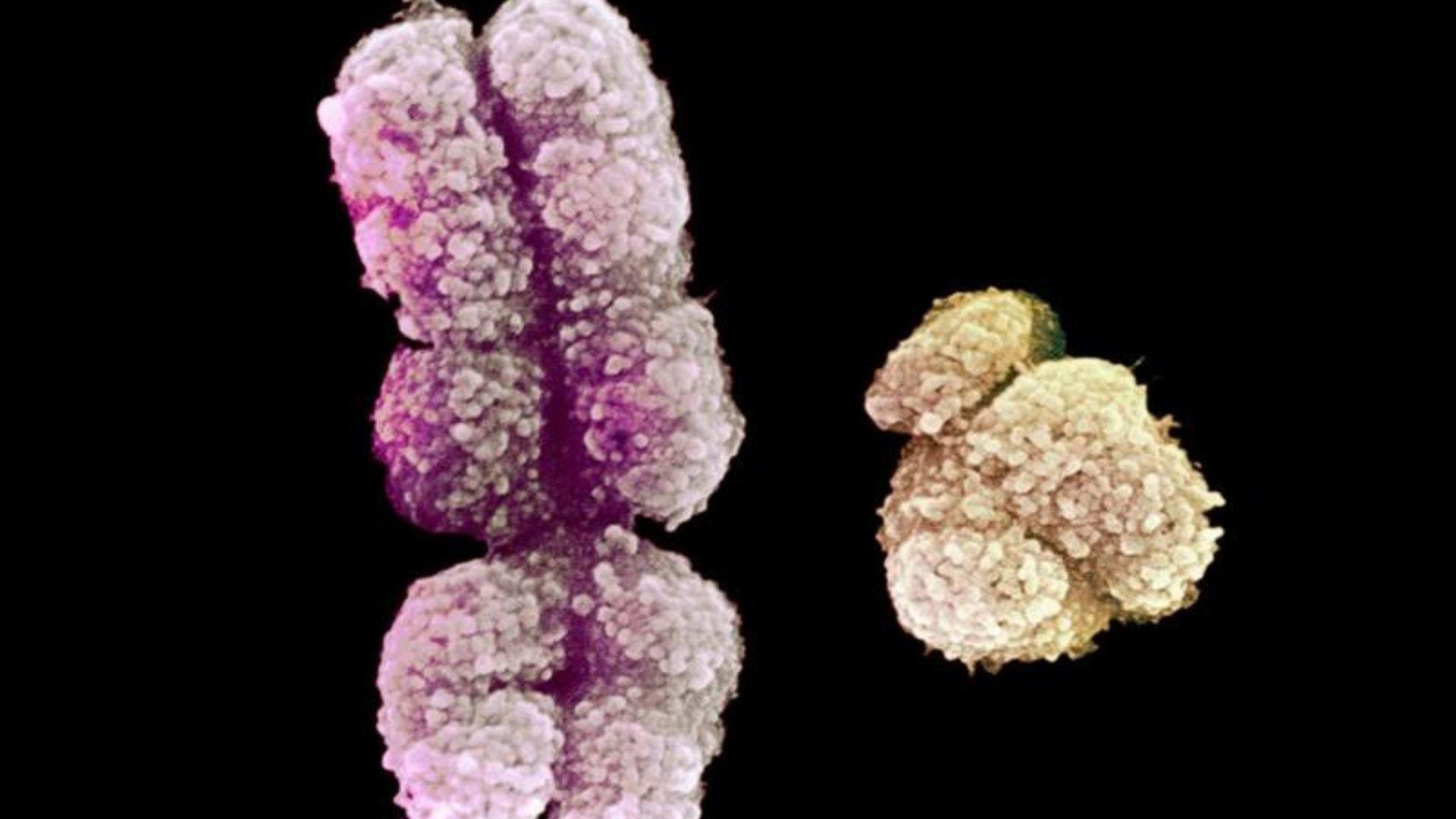
One of the discoveries already made from the preserved mammoth is the number of chromosomes it had.
This turns out to be the same as modern elephants – 28 pairs. For contrast, humans have 23 pairs.
Hairy Genes
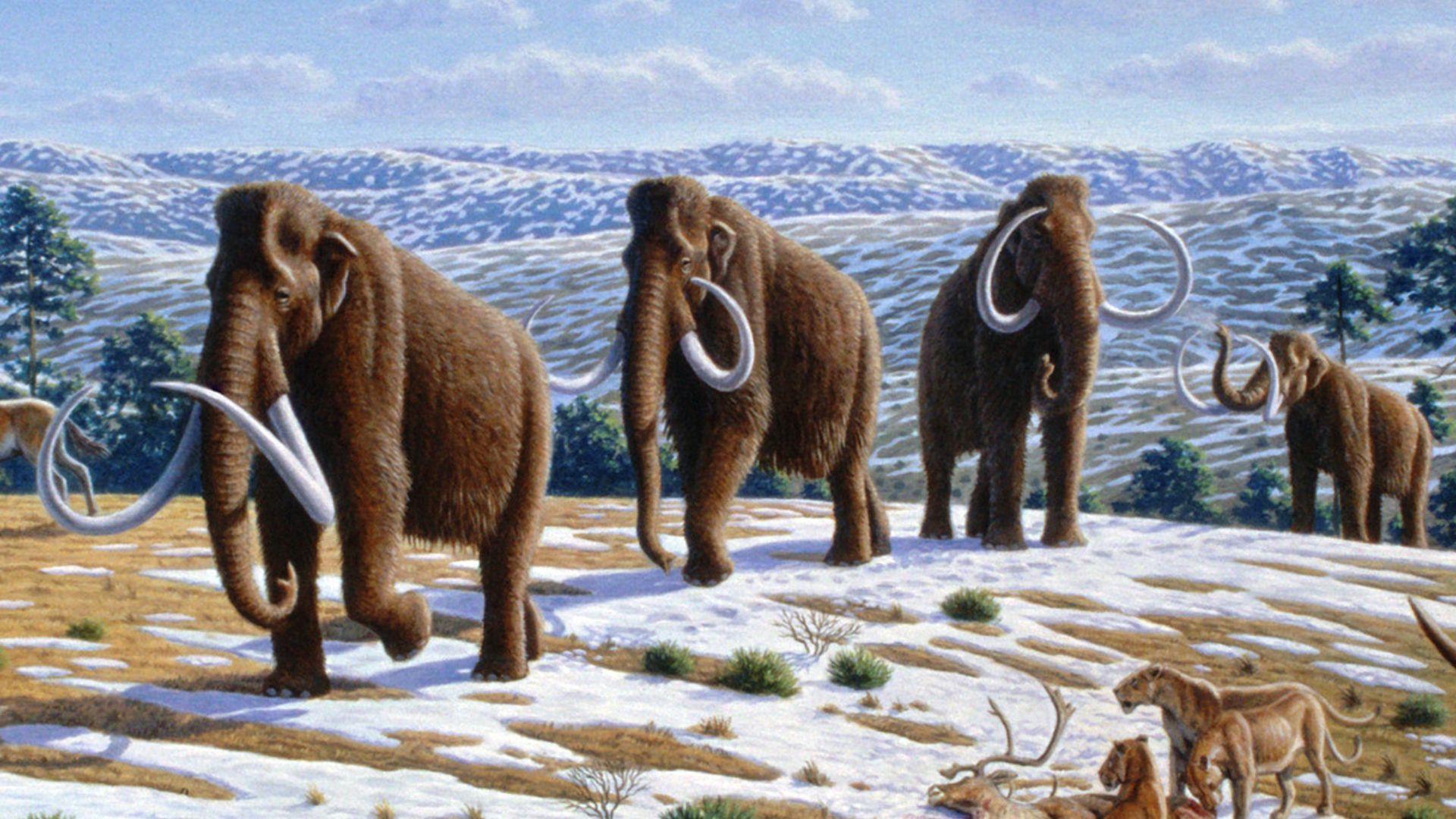
Another discovery to be made raises the possibility of how the mammoths had so much hair.
There is a gene called EFGR which, when switched off in humans, causes excessive hair growth. It was inactive in the mammoth. This could explain how they had adapted to the cold and became covered in hair.

